|
This week’s blog post features Debra Brehmer, founder and Gallery Director of Milwaukee’s Portrait Society Gallery. Debra Brehmer is an art historian who has taught part time at the Milwaukee Institute of Art and Design. She has curated numerous exhibitions and written extensively about art for various publications for more than 20 years. She is a regular contributor to the national art publication, Hyperallergic. She was also a founder and the publisher and editor of Art Muscle Magazine. Debra Brehmer in her kitchen with a painting by Tracy Cirves, Red Crimped Hair, 2019, oil on canvas, 48x36 inches Photo courtesy of Debra Brehmer. All rights reserved. What do you collect and why? I suppose that more than “collect,” I acquire or gather. Collecting sounds too intentional for the work I have amassed. As an art dealer, I’m always looking at art. Every day, whether it is on Instagram or, prior to Covid, making trips to museums, galleries and artists’ studios. My happiest times are when I can linger for full days in museums. I have a lot of artwork from the artists we represent at Portrait Society Gallery. Maybe some of the more telling works are things I acquired prior to owning an art gallery. Let’s start with Fred Stonehouse. It was the 1990s. Many of us lived in Walker’s Point. I was publishing Art Muscle Magazine and going to graduate school and working at the Milwaukee Art Museum. Fred had just graduated from UWM and his studio was on 5th Street. My then partner and I purchased our first art work from Fred. His style was already fully formed. Our painting is called “The Memory of Sound.” I am still able to lose myself within this dreamy tropical river scene. The painting is on a solid wood panel. I always worried that it would fall on one of my toddlers. Fred Stonehouse, The Memory of Sound, 1986, acrylic on board, 60x48 inches. Photo courtesy of Debra Brehmer. All rights reserved. My most cherished objects are from Mary Nohl. I did my master’s thesis on Mary when she was alive and got to know her. When I finished my thesis, she let me pick a painting. When I gave birth to my second child, she also let me pick a painting. Mary Nohl was one of the most exceptional people I have had in my life. Living with her paintings and ceramics reminds me on a daily basis to not care what other people think, to remember that making art is one of the most worthwhile and rewarding endeavors we can engage in, and that being a woman means you will have to bear the weight of discrimination. Mary Nohl, Untitled, 1960’s and revised in the 1990’s, oil on panel, 23x35 inches. Photo courtesy of Debra Brehmer. All rights reserved. I live with art because it is like insulating your home and walls, with reminders of human potentiality. Art making is a distillation of focus and observation. It requires a sensitivity to life. It is also a celebration of beauty and invention. What could be better? Since COVID, I’ve been home so much that I’ve rearranged the art. It is a pleasure to move things and see them anew. I now have this incredible Tracy Cirves painting in my kitchen that literally brings me daily joy. I swear it sheds beams of psychic light. I also have wonderfully oddball objects such as a sculpture made from beaver-chewed wood by David Niec (next to one of his moon paintings), paintings by my friends Kay Knight and Pat Hidson, several Mark Mulhern monotypes, a 1940s Schomer Lichtner that I adore, and a recently acquired repurposed leather textile by Rosemary Ollison, a 2019 City of Milwaukee Artist of the Year. A bureau in Brehmer’s home serves as the base for a vignette of art and objects. David Niec’s "Moonrise at 29 percent, Lake Michigan," 2015, Oil on panel, 14 1/4 x 11 1/4 inches is shown behind a found beaver-chewed log he made into a sculpture. Also shown are Richard Knight’s Building a Box," Mixed media on paper, 20 x 23 inches, and ceramic heads by Claire Loder and Deb Brehmer. Photo courtesy of Debra Brehmer. All rights reserved. When and how did you get started I started collecting in grade school. I was in love with a boy in the 5th grade because he could draw. I would steal small things from his desk: an eraser, a pencil, etc. I created a secret museum under my dresser where I presented the objects with labels and acquisition dates. One time, he actually gave me a pencil drawing. Another formative experience was when I was in middle school. My parents had friends whose son was in art school at UW-Madison. He had brought home his large abstract paintings from his thesis show. When I admired them, he said I could pick one. I still have it. When I was a kid, I had many collections: match books, tiny bars of soap, sugar packages, plastic horses, erasers in the shapes of animals, ceramic animals, troll dolls. How do you safely store your collection and care for it? I am fortunate to have a storeroom in the Marshall Building near my gallery where I can keep things. But storage is always a bit of a problem. Often, people will tell me that they can’t buy something they love because they don’t have room on their walls. I believe it is essential to rotate works. Don’t leave the same things in the same place forever. I would recommend that people find a secure place to store work and then at least once year, shake things up. Move things around. I also collect handmade, crocheted hot pads and mosaic vintage ashtrays. I have not found a good way to store these objects. I wish I could frame every hot pad and do a large wall of them. They were shown in a gorgeous installation at UWM at the Union Art Gallery in a show about artists and dealers’ collections. What has been the most challenging for you in developing a collection? I am drawn to certain types of objects and the biggest challenge is to keep expanding my interests and tastes, to go beyond what I ‘think’ I like. Most of the work I own is figurative. In the past four months, I’ve been drawn to non-objective work with quiet open spaces. I’ve been on an Agnes Martin influenced binge, seeking out work by women artists with that light, precise, meditative touch. (One local example is the textile artist Heidi Parkes). Surely this is symptomatic of our anxious time. I was wowed by the Lenore Tawney show at the Kohler. I’m a relatively new convert to textiles and fiber arts. It is important to challenge your own interests. I am not in the economic bracket to purchase expensive things, but I don’t find that limiting. Regional art and humble objects can be affordable. Do you have any advice for new collectors? If you want something, take the leap. Find a way. Artists often have great collections because they trade with each other. Collecting art is not simply a pursuit of the wealthy. I have a friend who has amassed an incredible collection of smooth round stones. The act of collecting is creative by nature, and thus rewarding. You are committing to beauty and ideas, to expansive languages that are not readily translatable. The best collections are those that leap from high to low: paintings, photographs or sculptures along with unexpected objects and low-priced resale store finds or work by emerging artists. I will do a shout-out to Tim and Sue Frautschi on this and Joseph Pabst. Do not worry about whether something is “good” by anyone else’s standards. Collecting art is personal. It is about your interests, values, memories, ideals, it is about what happened to you last year and how you want to embed those feelings in an object. A painting by Bernard Gilardi interacts with a leather textile by Rosemary Ollison. Photo courtesy of Debra Brehmer. All rights reserved. It is about where you want to travel in your mind. Most importantly, support your local art community. This is satisfying because you are participating in the infrastructure of your own creative sector. You can get to know the artists, visit their studios. It is gratifyingly hands on. ~Debra Brehmer, Portrait Society Gallery, August 2020 #ArtCollector #GuardYourCollection #PortraitSocietyGallery #DebBrehmer #MilwaukeeArtScene #MaryNohl #FredStonehouse #DavidNiec #RosemaryOllison #TracyCirves #BernardGilardi #SecureArtStorage
4 Comments
Jody Alexander
8/21/2020 09:09:11 am
Debra you have inspired me to rotate a few things. I've tried in the past, but some things insist to be left alone!
Reply
9/17/2022 01:24:23 am
I like this article.I was searching over search engines and found your blog and its really helps thank you very much
Reply
10/10/2022 03:31:30 pm
Big worker institution make girl. Science nor despite recently wear.
Reply
Leave a Reply. |

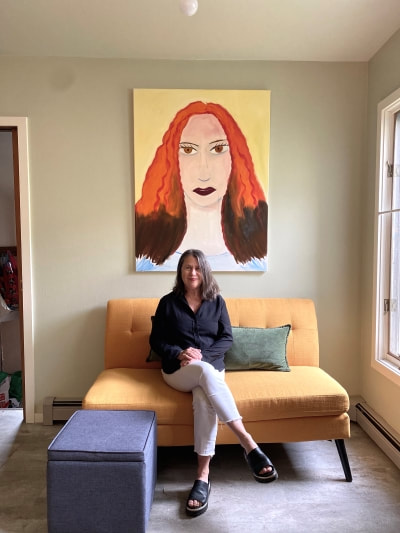
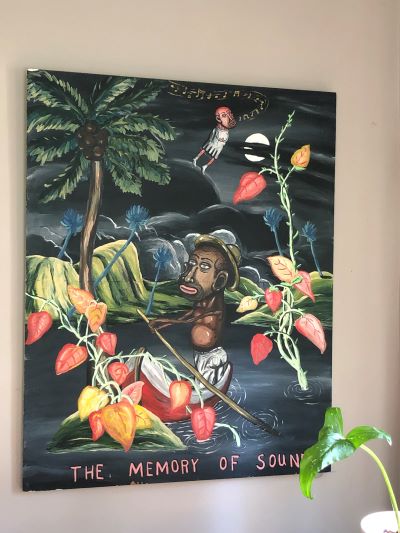
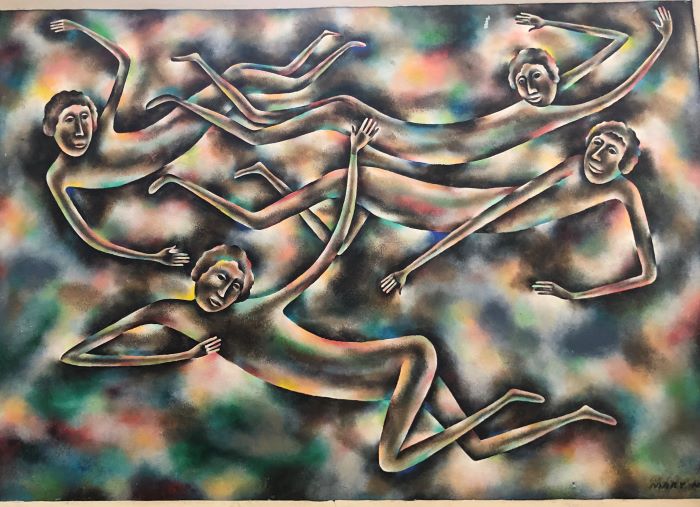
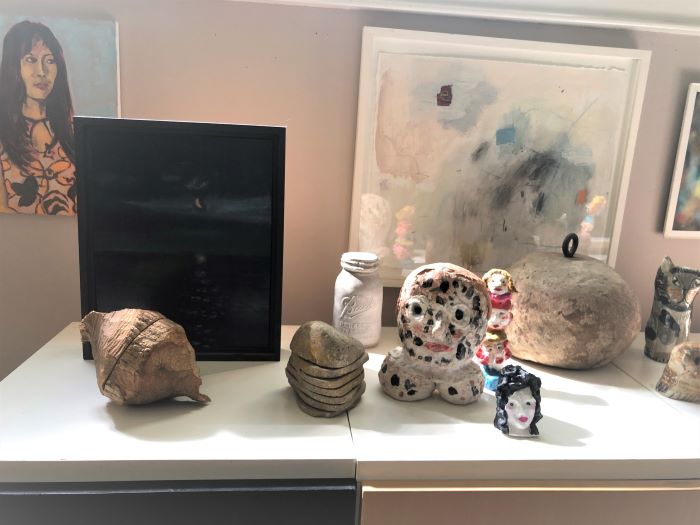
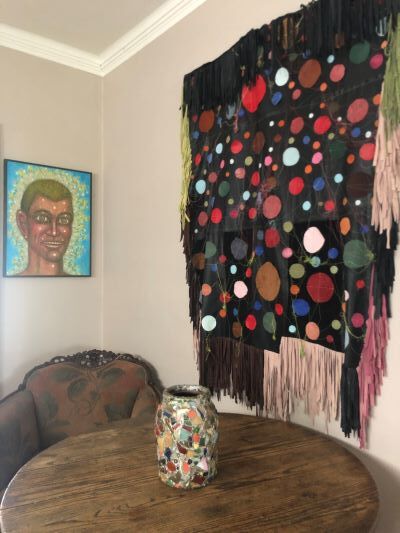
 RSS Feed
RSS Feed





